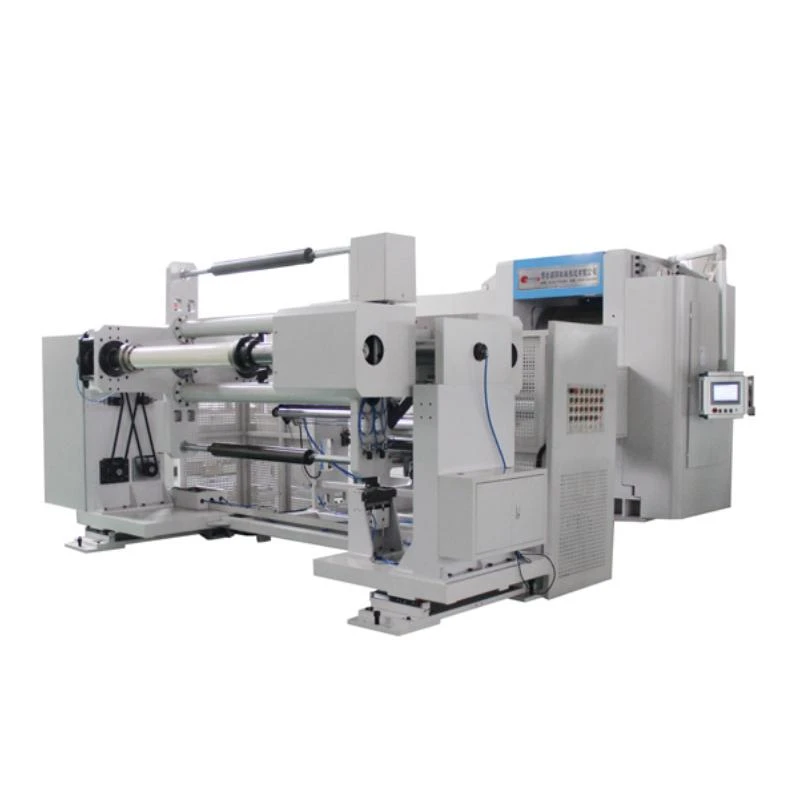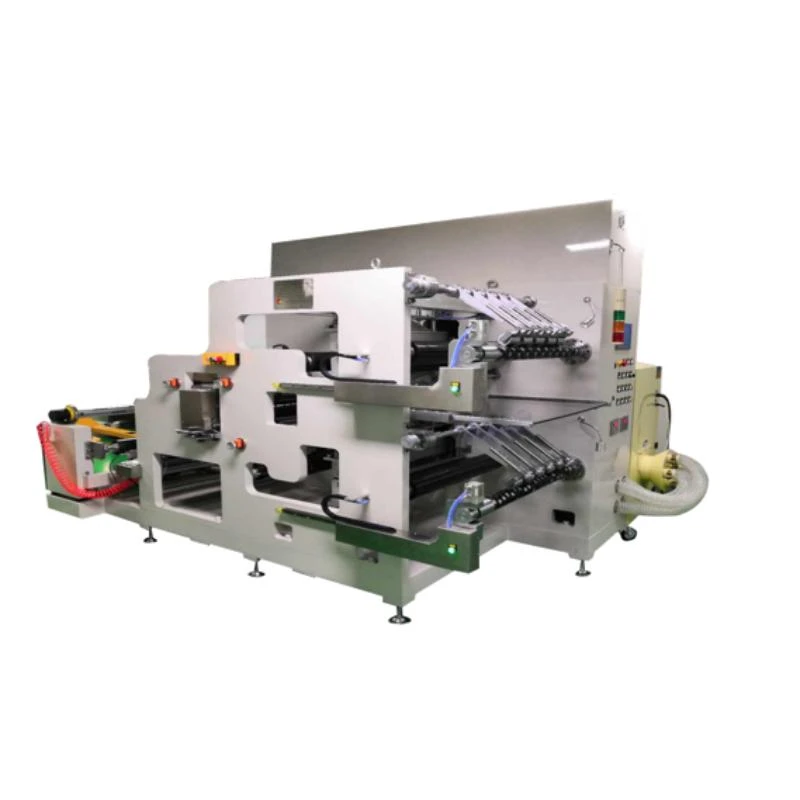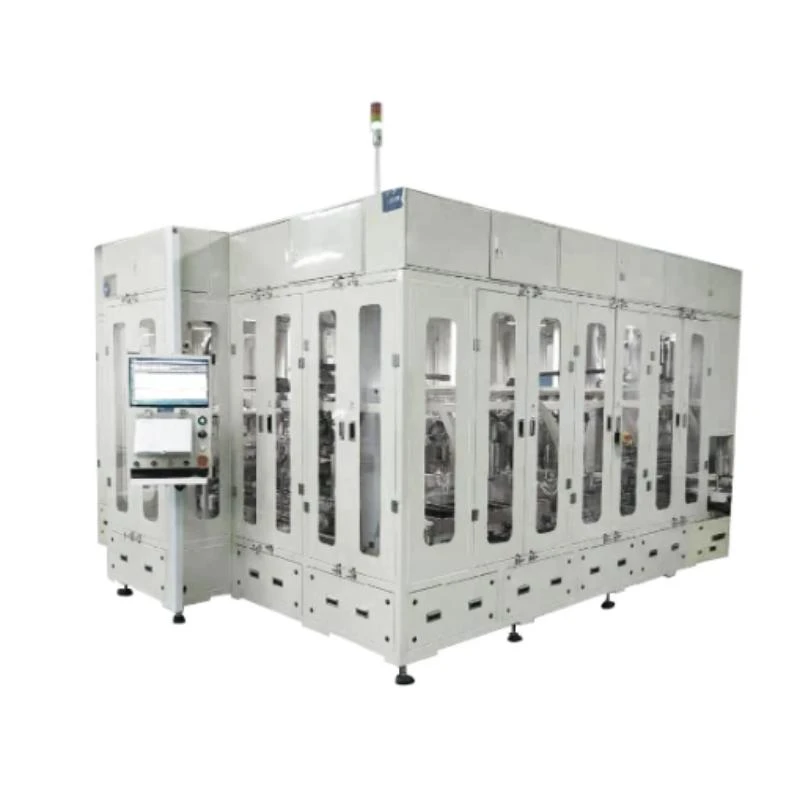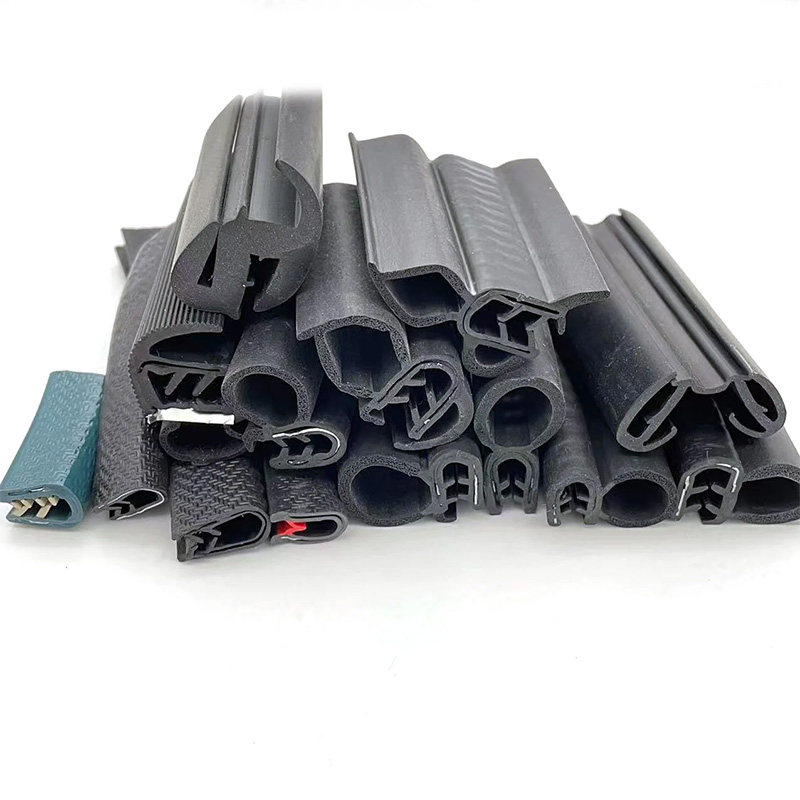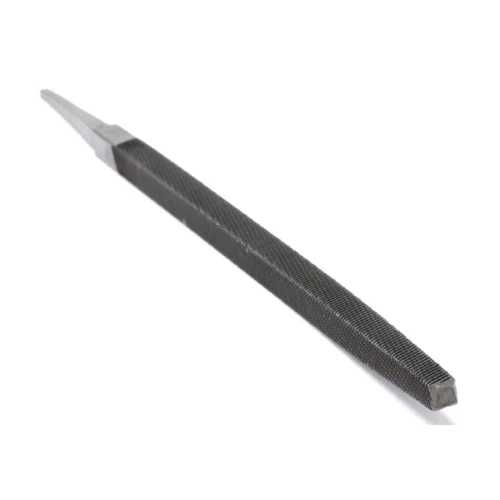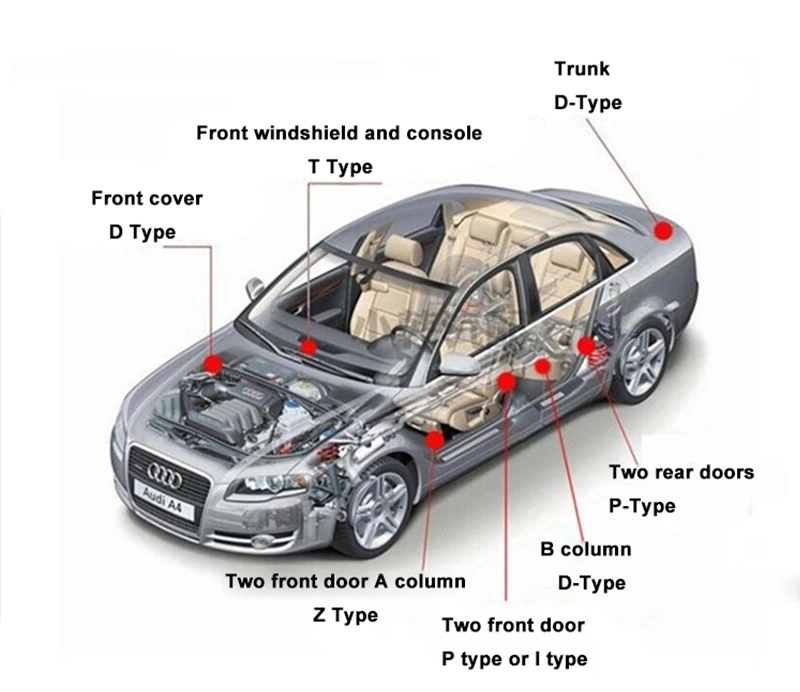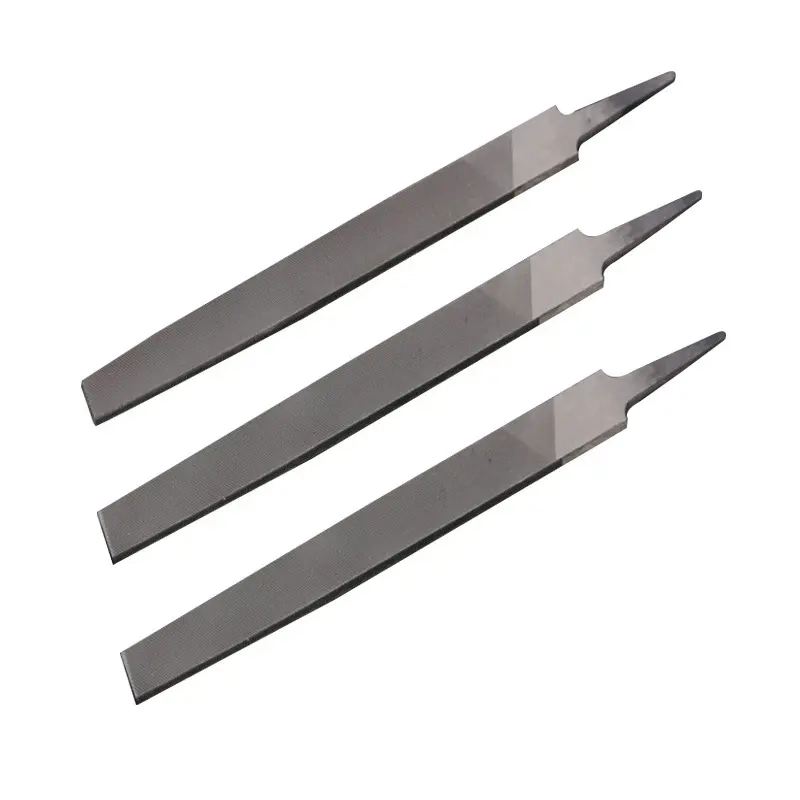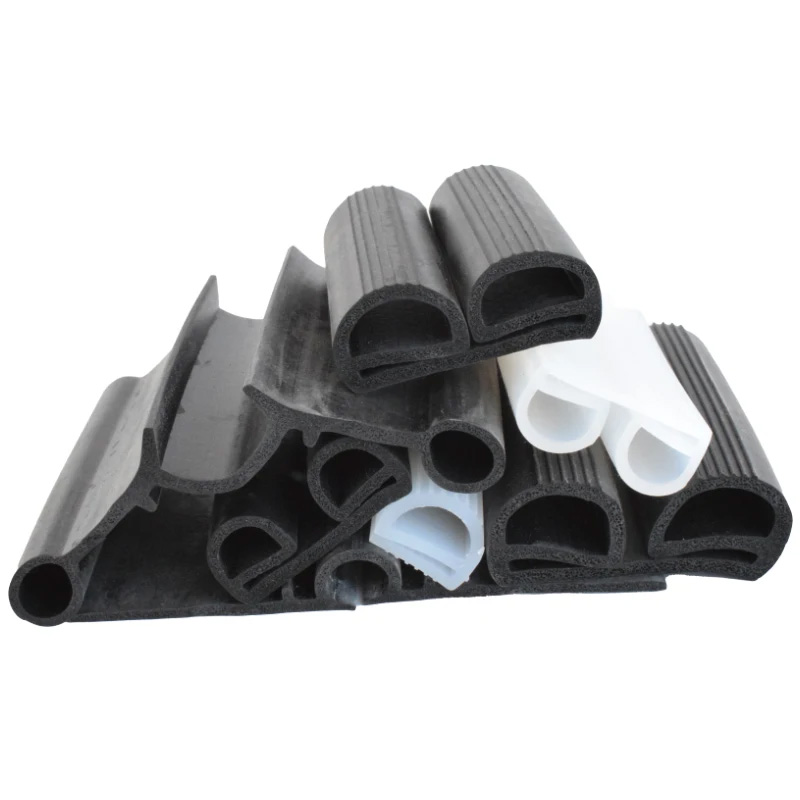How Rolling Roller Technology Improves Battery Production Efficiency
In the fast-paced world of battery manufacturing, efficiency is key to meeting the growing demand for energy storage solutions. Rolling roller technology, along with roller and roll systems, has become a cornerstone of this efficiency, streamlining processes from electrode preparation to cell assembly. These components ensure consistent material processing, reduce waste, and accelerate production speeds, making them indispensable in modern battery factories. Xingtai Shuoding Trading Co., Ltd., established in September 2023, is part of a group with five factories producing lithium battery production line equipment, including advanced rolling roller systems. With 18 employees, 9 of whom are experienced project managers, the company connects global importers and exporters to these critical technologies, supporting the drive for more efficient battery production worldwide.
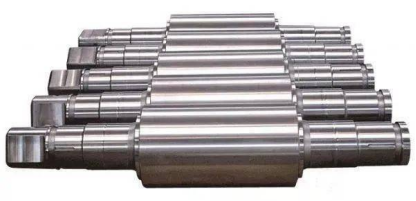
Enhancing Electrode Manufacturing with Rolling Roller
- Uniform Coating Application: Rolling roller systems play a vital role in applying electrode coatings (cathode and anode materials) to metal foils. As the foil passes between precision roller sets, the coating is spread evenly, ensuring consistent thickness across the entire surface. This uniformity is crucial for battery performance, as uneven coatings can lead to capacity loss or overheating.
- Compacting Active Materials: After coating, rolltechnology is used to compress the active materials onto the foil. This compaction increases material density, improving energy storage capacity while reducing the risk of delamination (peeling) during subsequent processing. Modern rolling roller systems apply precise pressure, tailored to the specific material being processed, to achieve optimal results.
- Speeding Up Drying Processes: Some rolling rollersetups work in tandem with drying ovens, moving coated foils through the drying process at a steady, controlled speed. This synchronization eliminates bottlenecks, ensuring the production line maintains a consistent pace and maximizing throughput.
Streamlining Cell Assembly with Roller Systems
- Laminating Components: In lithium-ion battery production, rollersystems are used to laminate separators between electrode layers. This process requires precise alignment and pressure to ensure a secure bond without damaging delicate materials. The smooth, continuous motion of roll technology ensures this step is completed quickly and accurately, reducing the risk of defects.
- Sealing Battery Casings: Rolling rollersystems are also employed in sealing battery casings, applying uniform pressure to crimp or weld edges. This creates a hermetic seal that prevents electrolyte leakage, a critical factor in battery safety and longevity. The speed of roller-based sealing systems far outpaces manual methods, significantly increasing production rates.
- Handling and Transport: Conveyor rollersystems move battery components through various stages of assembly, from electrode cutting to cell stacking. These roll-based transport systems are designed to minimize friction and vibration, protecting delicate components while ensuring a steady flow through the production line.
Advantages of Rolling Roller Technology in Mass Production
|
Advantage |
Impact on Efficiency |
Example in Battery Production |
|
Reduced Material Waste |
Minimizes scrap from uneven processing, lowering costs and resource usage. |
Rolling roller-applied coatings have 50% less waste than manual methods. |
|
Increased Production Speed |
Continuous processing allows higher throughput compared to batch operations. |
A roller-based electrode line can process 20% more material per hour. |
|
Consistent Quality Control |
Uniform pressure and speed reduce variability, leading to fewer defective products. |
Roll systems ensure coating thickness varies by less than 2%. |
|
Labor Savings |
Automated rolling roller systems reduce the need for manual intervention. |
One operator can monitor three roller lines instead of one manual line. |
These advantages make rolling roller technology a key investment for battery manufacturers looking to scale production efficiently.
Innovations in Roller and Roll Technology
- Smart Pressure Control: Modern rolling rollersystems feature sensors that adjust pressure in real-time based on material thickness or hardness. This adaptability ensures optimal processing even when material properties vary slightly, reducing the need for manual adjustments and minimizing downtime.
- Anti-Stick Coatings: Rollersurfaces are now treated with specialized coatings that prevent electrode materials from adhering, reducing cleaning time and maintaining consistent performance. This is particularly valuable for processing sticky materials like certain cathode pastes.
- Modular Design: Rollsystems are increasingly modular, allowing manufacturers to easily swap out components to accommodate different battery sizes or materials. This flexibility makes it easier to adapt production lines to new battery designs without major overhauls.
Rolling Roller FAQS
How Often Should Rolling Roller Systems Be Maintained?
Rolling roller systems should undergo routine maintenance every 200–300 hours of operation. This includes cleaning roller surfaces, checking alignment, and replacing worn bearings. Regular maintenance prevents unexpected breakdowns and ensures consistent performance.
Can Roller Technology Be Used for Different Battery Sizes?
Yes, roller systems can be adjusted to handle various battery sizes. Modular roll components allow for quick changes in width or pressure settings, making them suitable for producing everything from small consumer batteries to large EV battery cells.
What Materials Are Rolling Roller Surfaces Made Of?
Rolling roller surfaces are typically made from hardened steel, ceramic, or rubber, depending on the application. Steel and ceramic are used for high-pressure processes like compaction, while rubber rollers are ideal for delicate laminating tasks.
How Does Roll Technology Improve Battery Safety?
Roll technology ensures consistent material density and sealing, reducing the risk of internal short circuits or electrolyte leakage. Uniform processing also helps batteries heat evenly during use, minimizing hot spots that can lead to thermal runaway.
Where Can I Source High-Quality Rolling Roller Systems?
Xingtai Shuoding Trading Co., Ltd., through its group’s factories, offers advanced rolling roller systems and roller components for battery production lines. Their expertise in lithium battery equipment ensures their roll technology meets the strict demands of modern battery manufacturing. Visit their website to learn more about their solutions.
Share
-
Lithium Battery Welding Machine | High-Precision, Fast, SafeNewsNov.17,2025
-
Aluminium Guide Roller | Anodized, Lightweight, Low-NoiseNewsNov.17,2025
-
Tofu Cat Litter Bulk – Eco, Low-Dust, Fast Clumping SupplyNewsNov.17,2025
-
Equipment for Lithium Cell Assembly | Automated & PreciseNewsNov.10,2025
-
Square File Tool – Precision Cut, Hardened Steel, VersatileNewsNov.10,2025
-
Lithium Ion Battery Assembly Machine | Automated, High-SpeedNewsNov.10,2025
